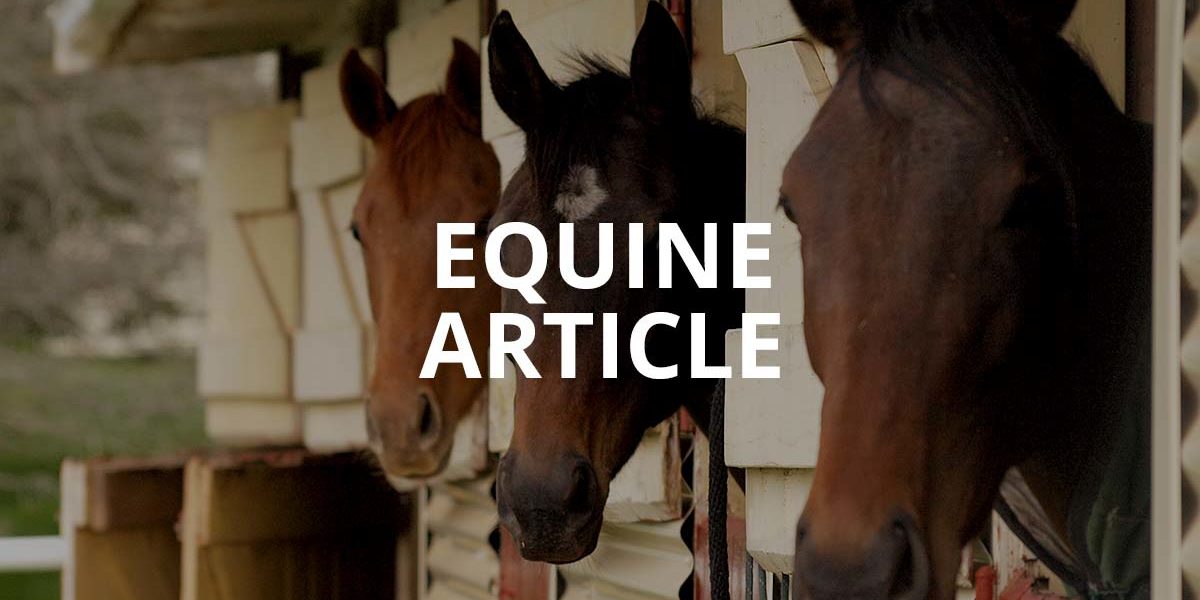Johnny Atkins BVSc
Vet Services Dannevirke
‘Small Strongyles’ or ‘Cyathostomes’ are the terms used for a group of over forty different species of parasites affecting horses. They tend to be the most prevalent parasite within the horses’ gastrointestinal tract and although small, heavy burdens can result in big problems!
Unlike their cousins the ‘large strongyles’, they do not migrate out of the gut, but instead stay within the horses’ intestines. Adults will produce eggs, which are then deposited onto the pasture. A heavy infestation may produce up to 2,000 eggs per gram of faeces….a lot of eggs over the course of a day! If climatic conditions are right, eggs will hatch on the pasture and they develop to infective larval stages. These are eaten by the horse and the larvae pass again through the horses’ intestines. It is in the lower intestines (large colon and caecum) that they then encyst in the intestinal wall. Much like a caterpillar in a cocoon, they progress to the next larval stage within a cyst in the lining of the intestinal wall and emerge to become adults and continue the life cycle. Larval damage to the gut wall occurs as they encyst and emerge, however in small burdens this is generally not severe. Adult worms can also cause mild decreases in appetite and weight gain. Significant problems arise when the encysted larvae undergo what is called ‘hypobiosis’ or an arrested development stage. The larvae follow chemical signals (possibly induced by climatic change) and will encyst in the gut wall for prolonged periods of time (sometimes years). Changing climate can once again stimulate them, this time to emerge. It is generally the onset of spring that triggers this and a mass emergence of encysted larvae can have devastating effects on the animal. Depression, fever, diarrhoea, colic and even death can result from large burdens emerging at once.
So what can we do?? Unfortunately resistance of these species to our common drenches has emerged as one of the major global parasite issues concerning horses. The adults will be killed by most products, but the encysted larval stages are very resistant to treatment. Many drenching schedules will miss targeting these stages and can result in a very sick horse.
There are currently two treatment options available to target these life stages. One is using a high dose of a common drench active called fenbendazole. The dose is given once daily for 5 days, and often called a ‘Panacur bomb’. The other is to use a product with Moxidectin in it. Current data indicates that there is widespread resistance among cyathostomes to the fenbendazole drench family, and global resistance of these species to Moxidectin is increasing. These treatments should be targeted and used carefully to ensure they continue to work in the future.
Parasite management should also focus on other areas such as grazing management and faecal disposal. A good parasite management plan will include regular faecal egg counts as well to determine horses with likely burdens. Remember though that the encysted larvae won’t produce eggs, so these need to be interpreted carefully.
Now is a great time to discuss your parasite control program with your local vet and come up with a plan to control all species that may be affecting your horse. Don’t let a small parasite become a big problem!




